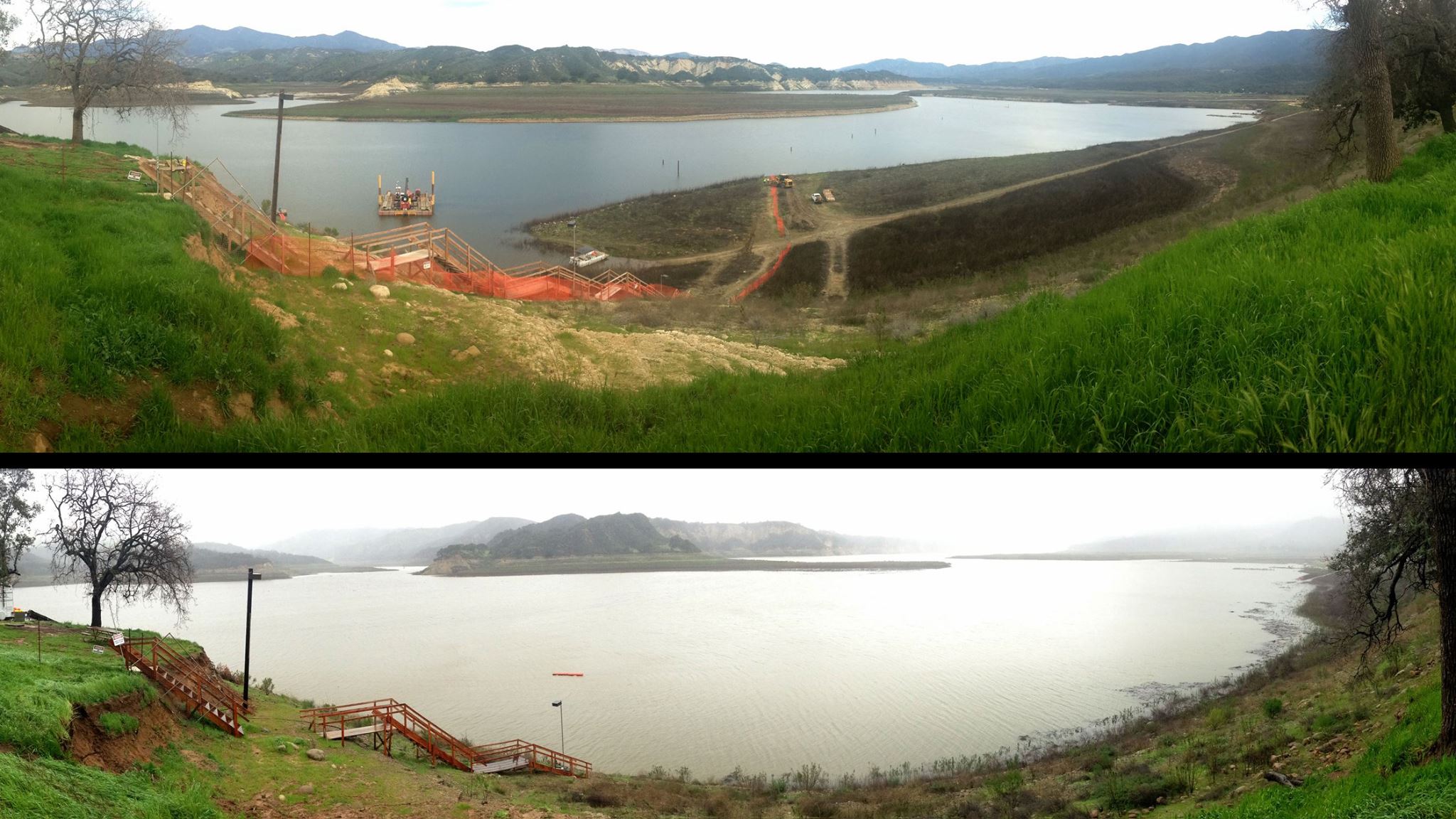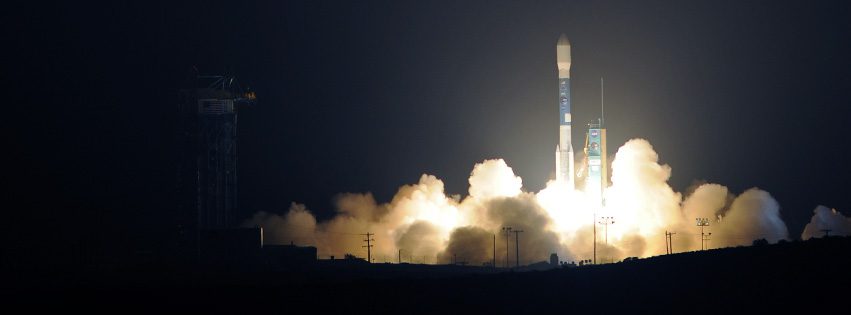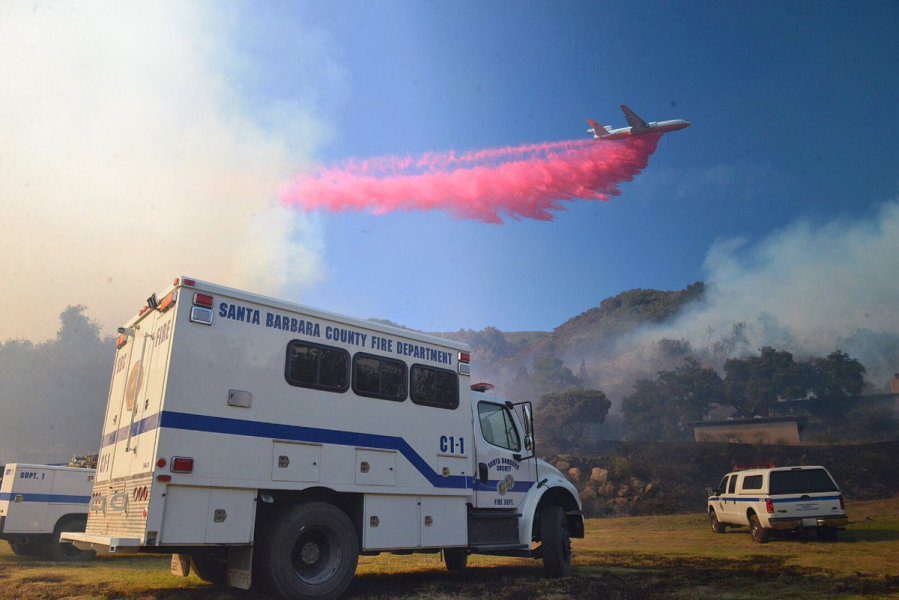Staff Report
After more than five years of drought, we have finally seen above-average precipitation and snow this year. But is the drought over?
The answer demands examination of the state’s three primary sources of water: surface water, snowpack, and groundwater.
The rains have led the majority of California’s major reservoirs to above-historic average surface water levels, as our Lake Cachuma has risen 30 feet in the past few days from the biggest storm we’ve had in a while, now at more than 39 percent capacity, according to Santa Barbara County rain totals. Gibraltar is at more than 100 percent capacity, which is all good news.
According to the United States Geological Survey (USGS), the Sierra Nevada snow- pack supplies about 30 percent of California’s water needs. As of Feb. 9, statewide snow accumulation data indicate that snow- pack in the Northern, Central, and Southern Sierra is 179 percent of normal for this date.
Groundwater aquifers recover much slower than surface water and are limited. Excessive, long-term over-use resulting in groundwater depletion can cause subsid- ence and permanent loss of groundwater storage as well as water quality degra- dation and seawater intrusion. These long-term impacts on groundwater have not been remedied by the recent weather. If recovery is possible, it will likely take several to many years to accomplish.
The long-term outlook for California’s drought can be better assessed in the months ahead.
The California Department of Water Resources will conduct its annual snowpack measurement on April 1. Historically, after April 1, snows begin to melt, producing runoff that recharges reservoirs and ground- water systems. If temperatures do not rise to excessive levels, which has been the case for the last 3 years, this slower runoff provides usable supply for the year and can enhance the aquifer recharge processes.
When compared with historical, long- term data, analysis of surface-water runoff data now being collected by the USGS streamgage network will also help scientists better understand the effects that winter storms of 2017 have had upon California’s drought conditions.
For more information, go online to https://ca.water.usgs.gov/data/drought/ and http://cdec.water.ca.gov/cdecapp/ snowapp/sweq.action







